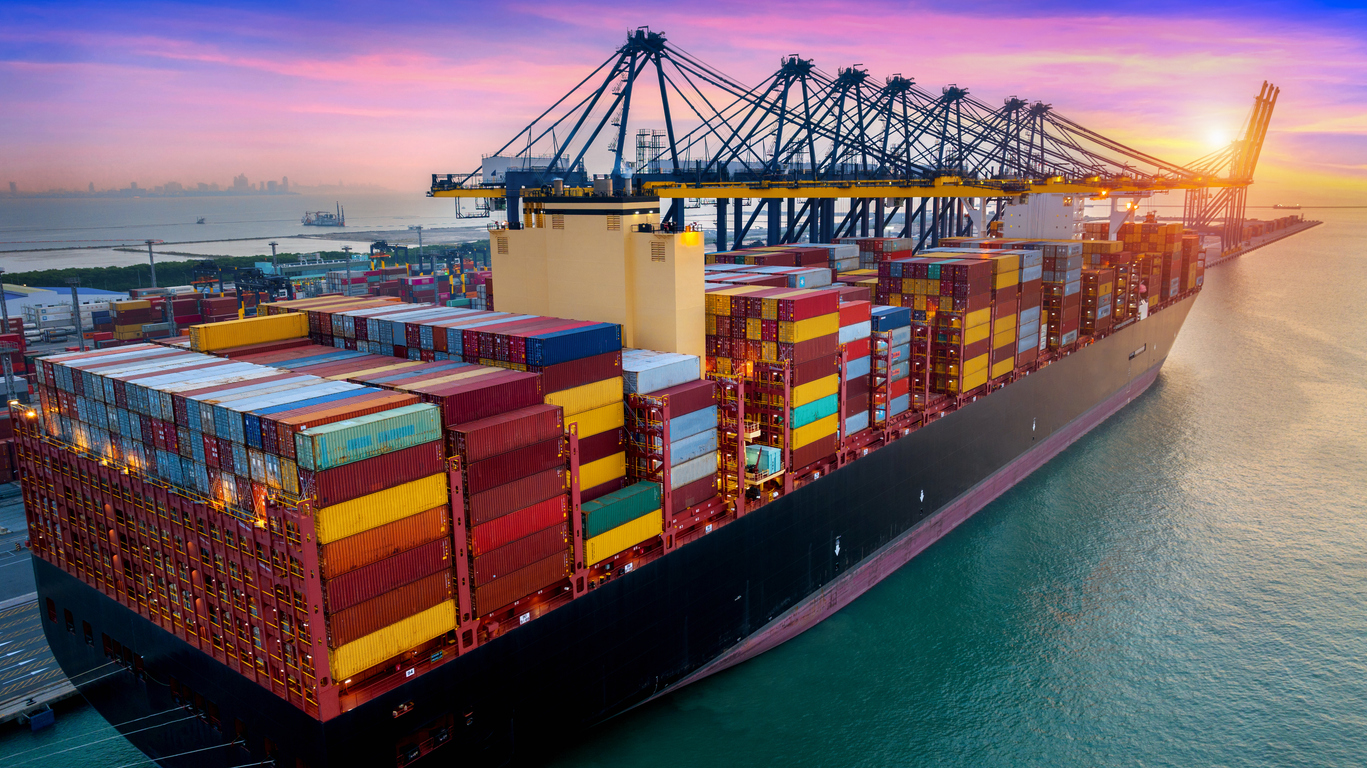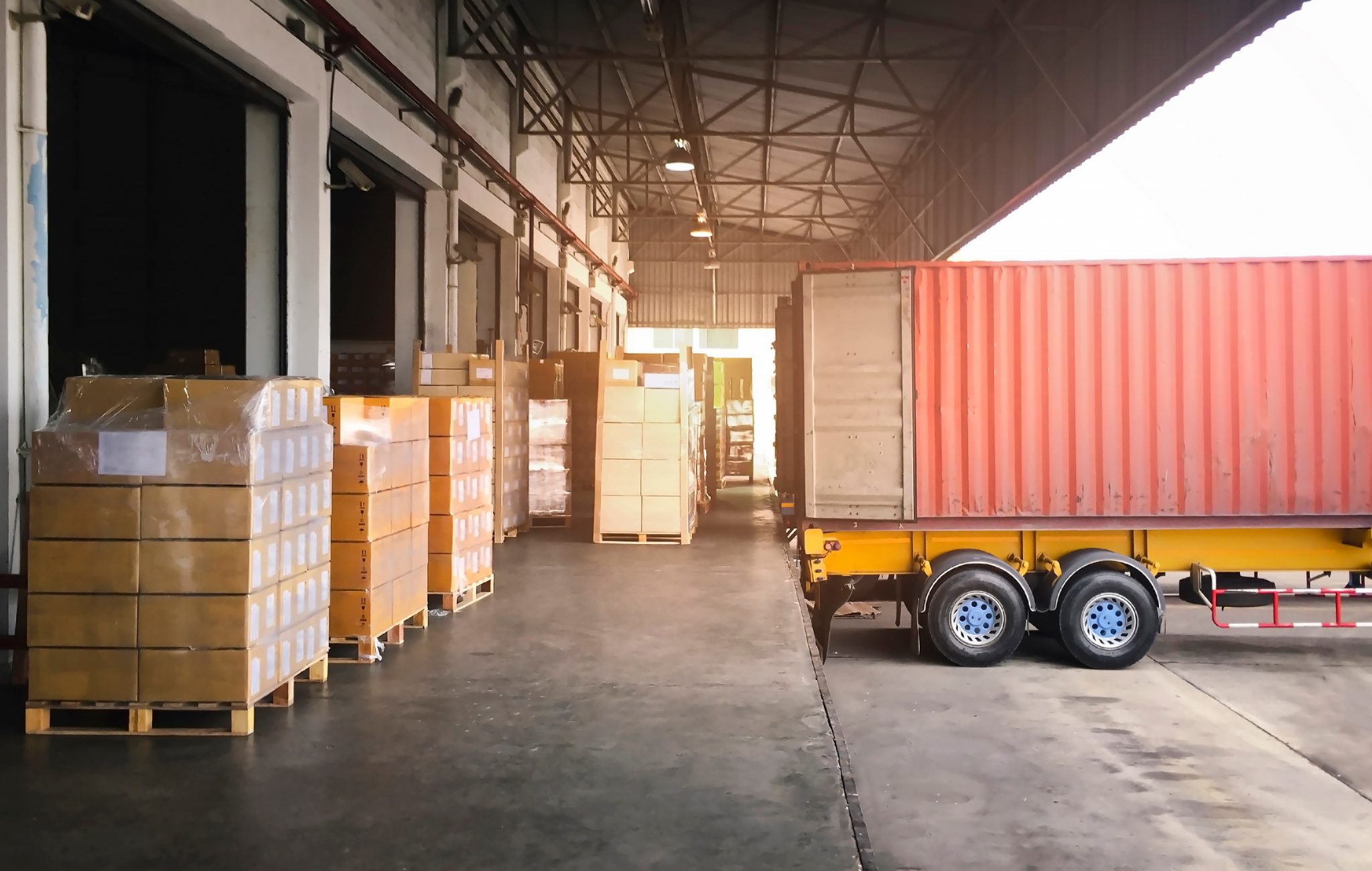The supply chain is a complex system influenced by numerous factors, from global disruptions to innovative solutions. This blog delves into the nuances of this process, exploring the five key stages that transform a product from inception to reaching the consumer. Whether it be planning, sourcing, productions, transportation or distribution, each stage demands specific attention to produce and deliver products effortlessly. In today’s dynamic environment, understanding these stages is influential for navigating the ever-evolving landscape of supply chain management. By examining these key stages, we can gain valuable insights into the complexities of the modern supply chain and identify opportunities for improvement.
Here are the 5 key stages of the supply chain:

Planning
The success of a supply chain hinges on a robust planning stage. This involves accurate forecasting of both direct (historical sales data) and indirect (market trends) supply and demand. Factors such as interest rates, economic fluctuations, and global events significantly influence these forecasts. Effective planning minimizes risks by anticipating potential disruptions, optimizes resource allocation by ensuring the right materials and labor are available at the right time. This initial step lays the groundwork for operations like sourcing, production, distribution, and returns, ensuring a successful supply chain implementation.
Sourcing
Sourcing or procurement involves building strong supplier relationships to gain insights into material availability and quality. This fosters trust and long-term partnerships. Reliable vendors source raw materials meeting specifications, followed by price negotiations aligned with market rates. Finally, efficient transportation ensures timely delivery of materials to the production facility or manufacturer. Successful sourcing strategies are required for maintaining a competitive advantage and ensuring the smooth flow of production.
Production
In the next stage of the supply chain, we move onto production, where the actual process of creating the goods begins and ends. This stage involves transforming raw materials into finished products, ensuring they meet the required specifications. During production, it is vital to ensure employee training is up to par, as skilled staff are essential for efficient and high-quality output. This includes strict adherence to quality control procedures, such as testing and inspections, to guarantee that the products meet industry standards before they hit the market. Any defects or issues identified during this phase must be addressed promptly to prevent delays. Finally, once production is complete, the goods move on to packaging. The packaging process involves preparing the products for shipment and protecting them from damage. After packaging is finished, the products are set to be collected by the transportation team. Depending on specific needs, the transportation and logistics may be complex, with careful coordination required to meet deadlines and customer requirements.
Transportation
Transportation establishes a key pillar within the intricate framework of the supply chain, facilitating the movement of goods from inventory hubs to their ultimate destination. Maritime transportation frequently serves as the primary mode, with goods meticulously secured within specialized containers and equipment designed to accommodate diverse cargo types such as refrigerated cargo, bulk liquids including hazardous materials, and project cargo such as pipe or machinery. When intermodal transportation is a part of the supply chain, drayage motor carriers assume the critical role of transporting containers between rail terminals and distribution centers or warehousing facilities. Transloading near the port is a crucial operation involving the transfer of cargo between distinct modes of transportation, including rail, land, air, and sea, when consolidation, deconsolidation, or repackaging of goods to optimize their delivery to the final destination is required. For instance, bulk transloading allows for goods to be transloaded from a bulk hopper car to multiple containers, saving money as the containers are loaded near the port rather than at the inland source. The collaborative interaction of drayage and transloading services enhances the movement of goods throughout the supply chain, effectively minimizing delays and transportation costs. Intermodal transportation further strengthens efficiency by reducing costs and increasing freight velocity.
Distribution
Upon arrival at the warehouse or distribution center, goods undergo rapid sorting and organization based on its final destination. This streamlined approach ensures product accessibility and expedites dispatch. Afterwards, goods are prepared for delivery, with last-mile delivery constituting the crucial final stage, transporting products to their ultimate destination—be it a retail store or the consumer’s doorstep.
For returned goods, reverse logistics processes manage the return journey, entailing restocking, refurbishing, or recycling. This handling maximizes value recovery and maintains customer satisfaction. In conclusion, both efficient distribution and effective reverse logistics are indispensable components of a well-functioning supply chain, guaranteeing timely deliveries and seamless returns management.
In conclusion, the supply chain is a multifaceted system that requires careful coordination at every stage to ensure products are delivered efficiently and effectively. From the initial planning phase, which sets the foundation for success, to sourcing reliable materials, producing high-quality goods, transporting products using drayage and transloading, and finally distributing them to consumers, each step plays a critical role in the overall process. As the supply chain evolves in response to global challenges and emerging innovations, understanding these stages becomes increasingly essential for businesses looking to stay competitive. By continually refining each phase, organizations can unlock opportunities for improvement, enhance operational efficiency, and meet customer expectations, ultimately driving long-term success.
At GSC, we believe that building long-lasting relationships with our partners is the key to our success. We go the extra mile to provide excellent service, competitive rates, build long-lasting relationships, and invest in our carriers’ success. We are committed to helping our partners succeed, and we are proud of the relationships we have built over the past three decades. Learn how GSC can meet your drayage and logistics needs here.



